The robin might seem cute, but it is actually a highly territorial bird and will aggressively defend its domain against others. These much-loved birds are on the rise as the UK robin population continues to increase.
Explore facts about this red-breasted festive icon.
What do robins look like?
The robin is a small, plump bird. Its black beak is short and thin.
Males and females look identical, sporting a brown back, white belly and red breast, face and cheeks. In contrast, juveniles are speckled gold and brown, only developing the distinctive red plumage in adulthood.
What do robins eat?
A robin's diet consists of seeds, fruits, insects, worms and other invertebrates. It will also visit garden bird tables and feeders to feed on scraps and mealworms.
Relatively unafraid of people, robins often follow gardeners around to take advantage of freshly dug-up worms and even feed from people's hands.
Where do robins live?
Robins are widespread throughout the UK, inhabiting farmland and woodland, as well as gardens and parks in towns and cities.
Robin behaviour, breeding and nesting
Both male and female robins hold territories, as a pair in summer and as individuals in winter. They will defend these with surprising ferocity, driving off intruders and making their presence known by singing loudly from conspicuous perches.
During courting, the female is permitted to enter the male's territory. The breeding season usually starts in March, but courting can begin in January if its mild. The male supplies more than a third of his mate's food throughout this period.
Using dead leaves, moss and hair, the female builds a cup-shaped nest low to the ground. She hides it in nooks and crannies in tree roots, or among shrubs and climbers, such as ivy. More unusual nesting locations include old wellies and plant pots.
Robins are sensitive to disturbance during nest building and egg laying and will easily desert their nest if they think it's been discovered.
The female typically lays four to six eggs, which she incubates for 13 days. Once chicks hatch, the female immediately removes the eggshells from the nest.
Both parents look after the nestlings, which are dependent on them for food and warmth. The chicks fledge at 14 days but continue to be cared for, predominantly by the male, for a further three weeks.
Robins have at least two broods a year, with nestlings around as late as the end of July.
How to spot a robin
Robins can be seen all year round in gardens, parks and hedgerows, in both the countryside and urban areas.
To spot one look out for a bright red breast and listen out for its song. Unlike other birds, robins sing throughout the year, apart from midsummer when they're moulting. The robin is one of the first birds to start singing in the dawn chorus and one of the last to stop singing in the evening.
Listen to a robin's song on xeno-canto.
Robins often become quite brave around people and may approach you if you are quiet.
Robins are natural ground feeders so feeding trays are the best way to encourage them into your garden. You may also observe them clearing up scraps that have fallen from hanging feeders. Mealworms are a particular favourite of robins, but they also find sunflower hearts very palatable.
Conservation of the robin
The UK robin population has increased by 45% since the 1970s and continues to rise.
The biggest threat to robins is prolonged, severe winter weather. During cold nights robins use up to 10% of their body weight to stay warm. If they are unable to replenish these fat reserves, it can be fatal. Providing food on bird tables during cold weather can make a big difference to their survival. They'll also appreciate any scraps that fall to the floor from fat balls.
Did you know?
The robin became the iconic bird of Christmas in the Victorian era, when postmen were nicknamed robins due to their red waistcoats. Robins began to appear on Christmas cards to represent the postmen who delivered them.
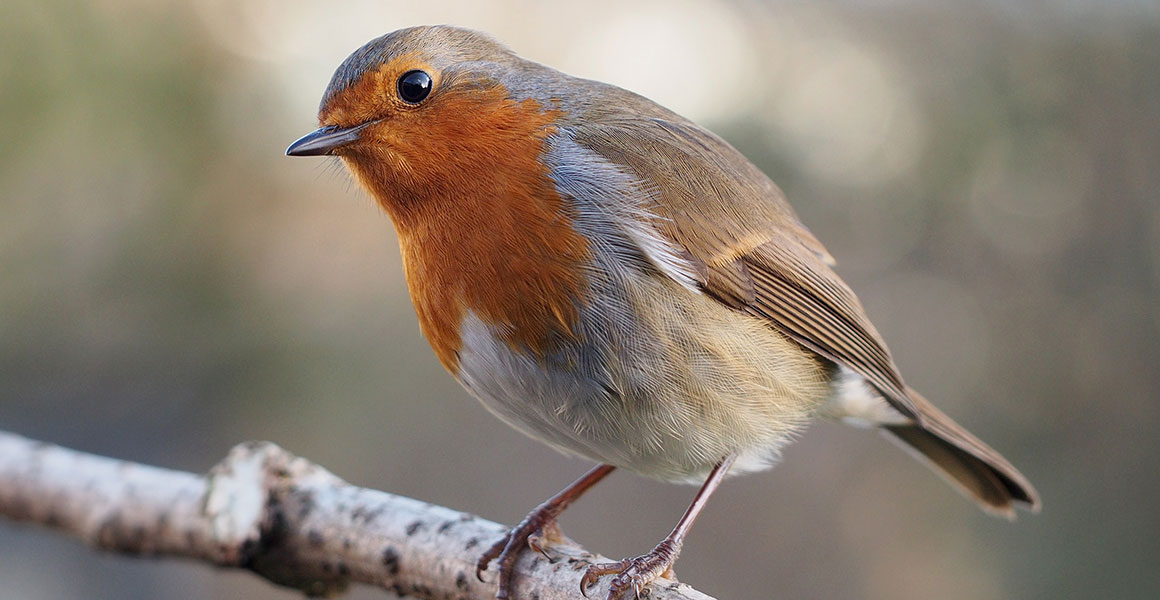
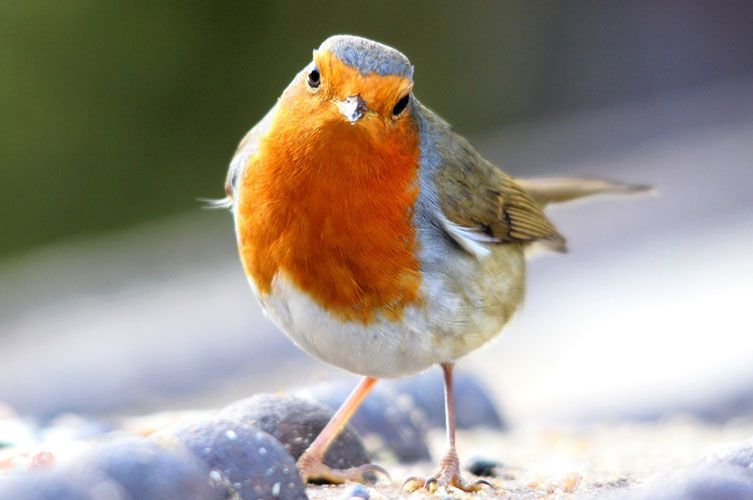
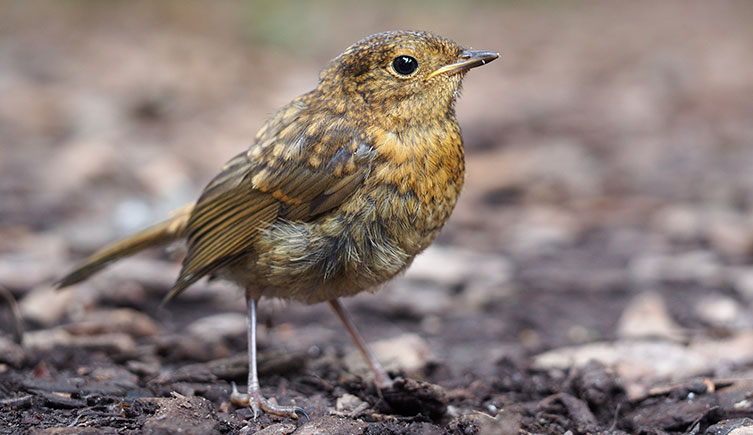
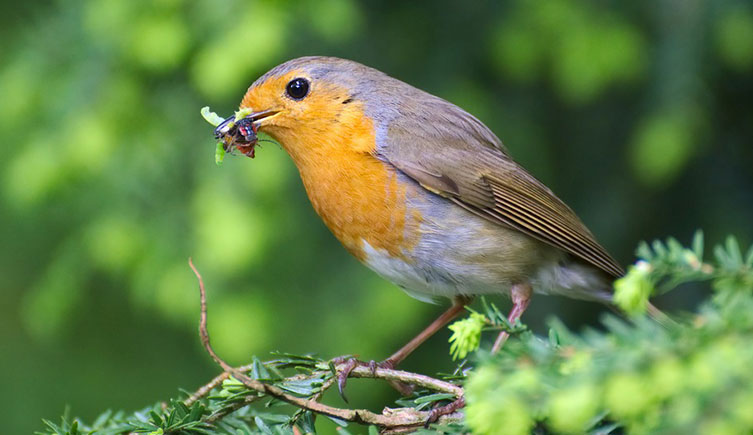




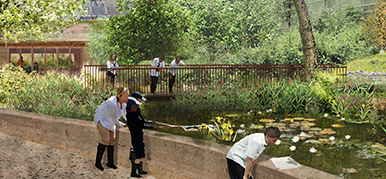
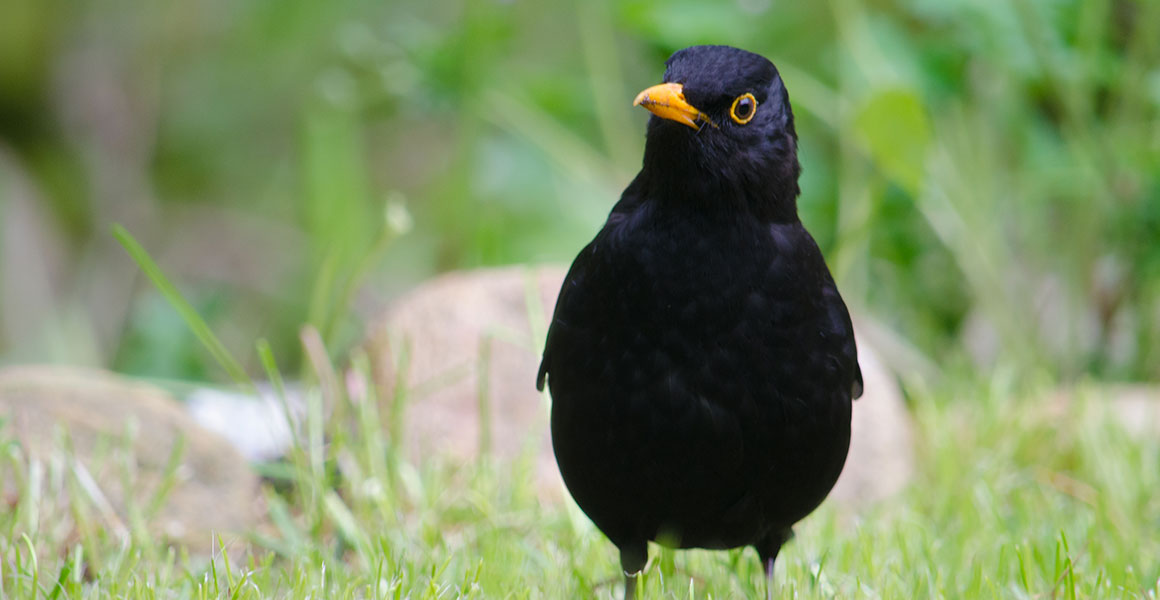
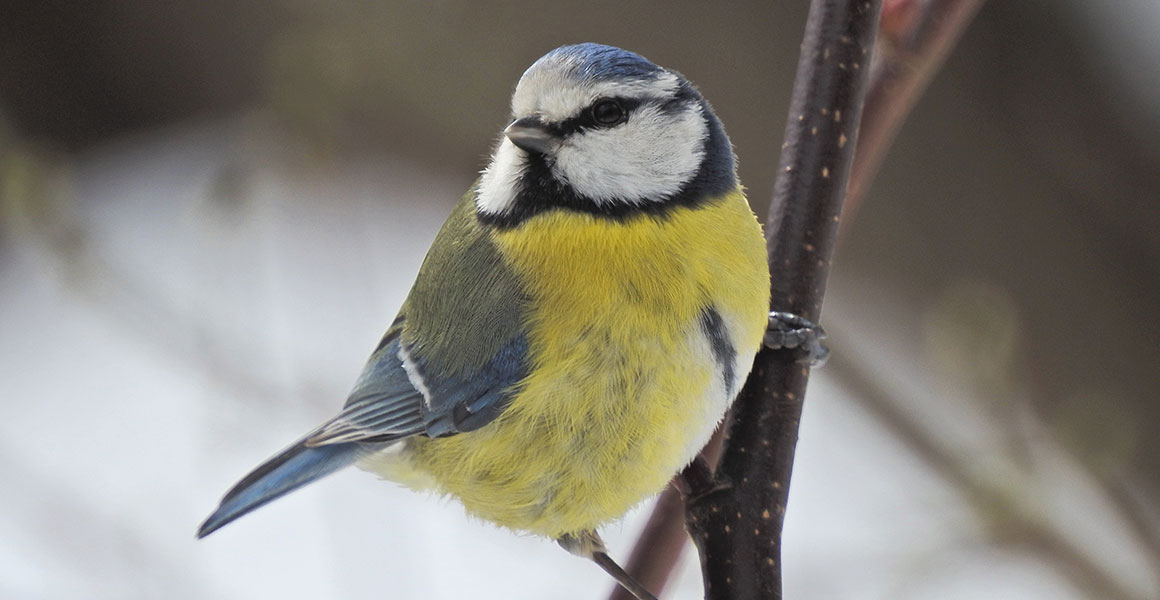
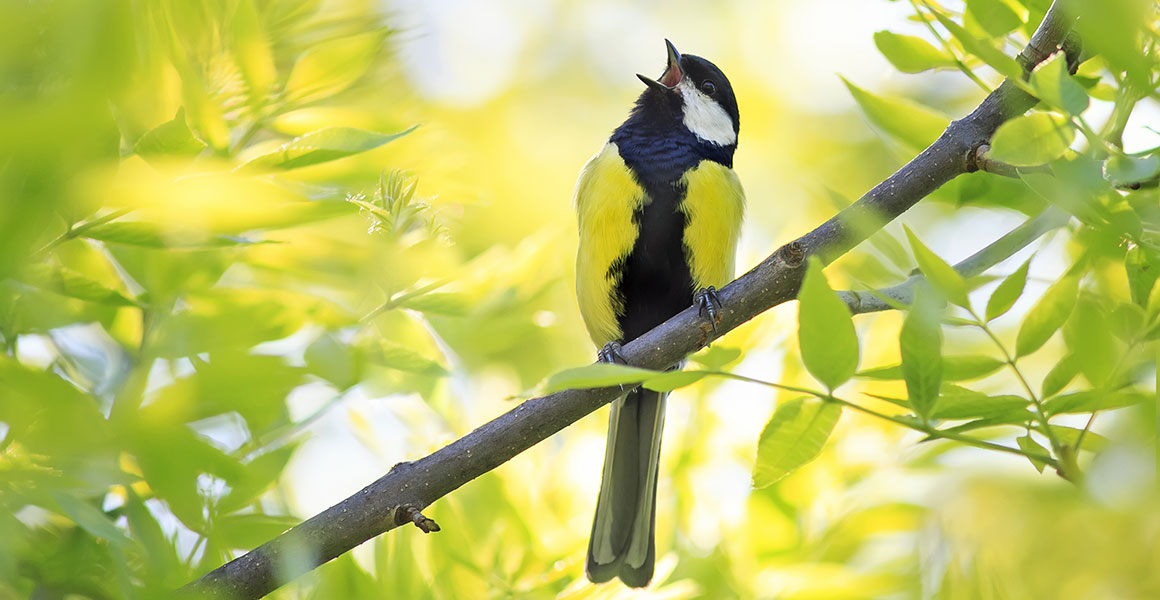

Don't miss a thing
Receive email updates about our news, science, exhibitions, events, products, services and fundraising activities. We may occasionally include third-party content from our corporate partners and other museums. We will not share your personal details with these third parties. You must be over the age of 13. Privacy notice.
Follow us on social media